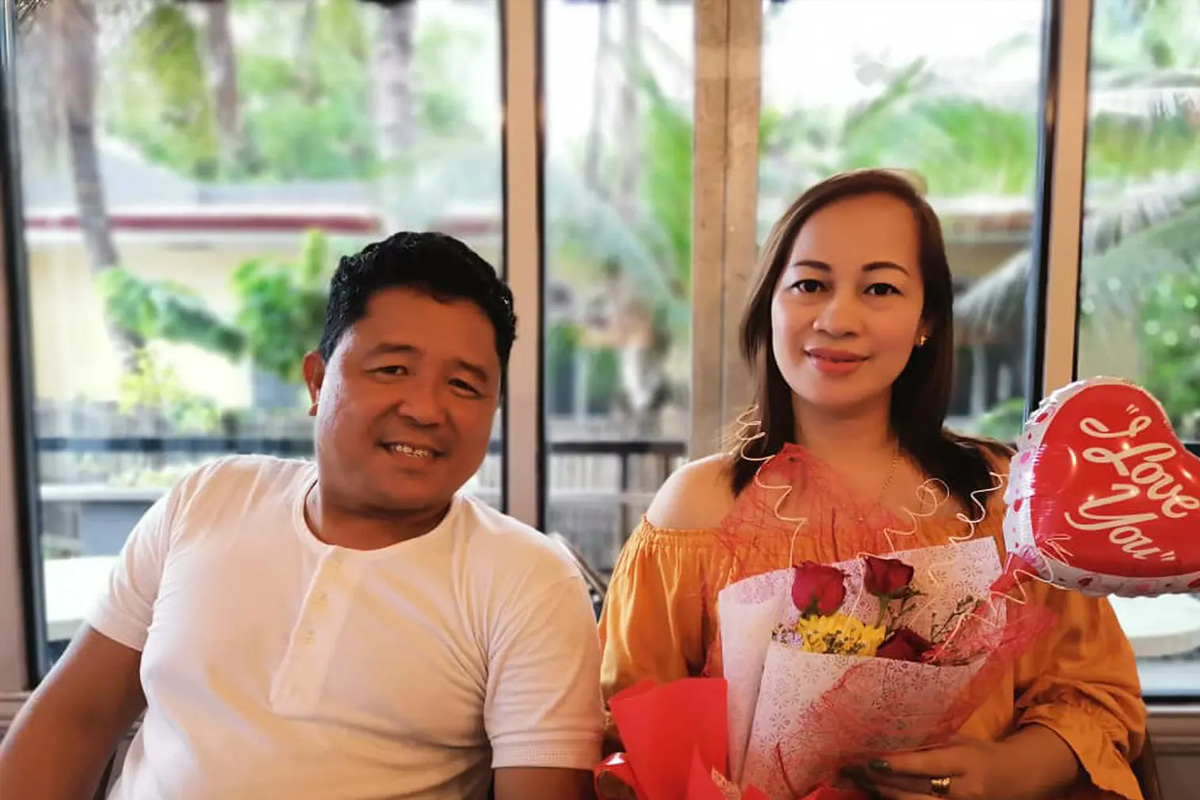On Sunday, viewers on Facebook witnessed a horrifying incident resulting in the tragic death of a radio anchor in the southern Philippines.
The victim, regional newscaster Juan Jumalon, was shot by a man who had entered his home radio station under the guise of being a listener. The attack took place during a live morning broadcast in Calamba, Misamis Occidental province. After shooting Jumalon twice, the assailant fled on a motorcycle with an accomplice who had been waiting outside, taking the victim’s gold jewelry.
An investigation is underway to identify the gunman and determine if the attack was linked to Jumalon’s profession. The Philippines has long been known as one of the most dangerous places for journalists worldwide. President Ferdinand Marcos Jr. issued a statement condemning the shooting and instructed the national police to apprehend and charge the perpetrators.
The National Union of Journalists of the Philippines, a press freedom watchdog, reported that Jumalon is the 199th journalist to be killed in the country since 1986, when democracy was restored after the overthrow of dictator Ferdinand Marcos. This incident is particularly condemnable as it occurred at Jumalon’s own home, which also served as the radio station, according to the watchdog.
The tragic event was captured on video, showing Jumalon pausing and looking upward before two shots were fired. He fell back in his chair, bleeding, and despite efforts to rush him to the hospital, he was declared deceased.
While the attacker was not visible on the Facebook video, authorities are exploring whether security cameras at Jumalon’s neighbors’ houses and within his own residence may have captured relevant footage.
In 2009, a shocking act of violence took place in the southern province of Maguindanao, where 58 individuals, including 32 media professionals, were brutally killed. This massacre, orchestrated by members of a powerful political clan and their allies, remains the bloodiest attack on journalists in a single instance in recent memory. It highlighted the dangers faced by Filipino journalists, who contend with various security risks including widespread availability of illegal firearms, private armies linked to influential clans, and limited law enforcement in remote areas.






